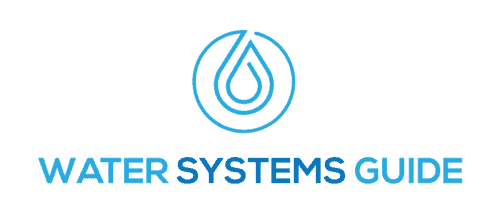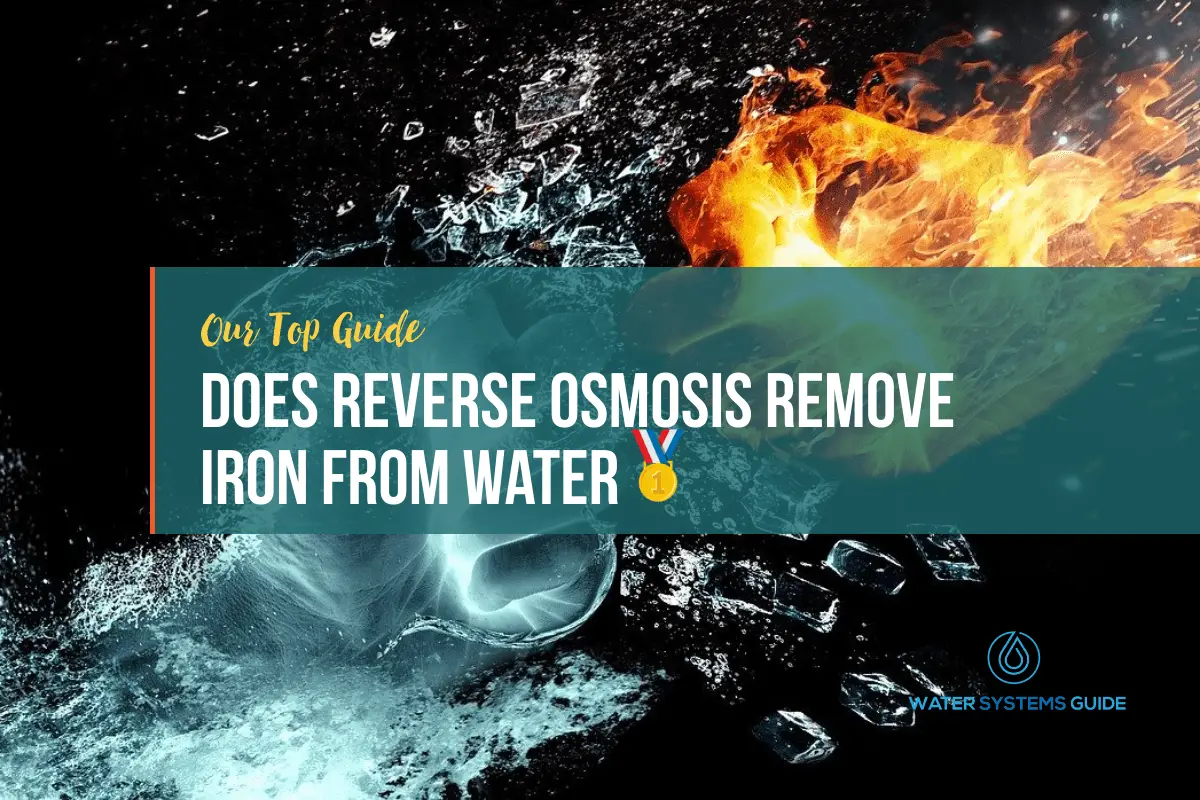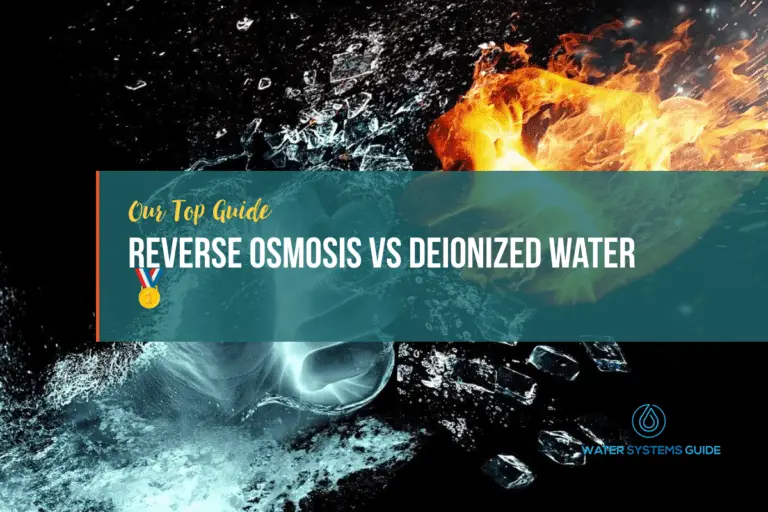Does Reverse Osmosis Remove Iron From Drinking Water
What Exactly Is Iron
Iron is a chemical element with the symbol Fe (from Latin: Ferrum) and atomic number 26. It is a metal that belongs to the first transition series and group 8 of the periodic table. It is by mass the most common element on Earth, forming much of Earth’s outer and inner core.
There are three main forms of iron:
- Ferrous iron (“clear-water iron”): Water comes out of the faucet clear, but turns red or brown after standing.
- Ferric iron (“red-water iron”): Water is red or yellow when it first comes out of the faucet.
- Organic iron: It is usually yellow or brown, but may be colorless. Very shallow wells or wells affected by surface water are more likely than other wells to have organic iron
Does RO Remove Iron from Drinking Water?
RO systems are designed to remove a variety of impurities from water, including iron. In most cases, RO systems are able to effectively remove iron from drinking water. However, it is important to note that the removal of iron from water is not always perfect, and some iron may still be present in the water after it has been treated with an RO system.
RO works by passing water through a semipermeable membrane. The pores in the membrane are small enough to allow water molecules to pass through, but they are too small to allow iron and other impurities to pass through. As a result, the salt and impurities are removed from the water, leaving behind clean, fresh-tasting water.
Should we be reducing iron levels in our home water supply
There is a growing body of evidence that suggests that high levels of iron in our home water supply may be contributing to a range of health problems. Although more research is needed, it seems sensible to err on the side of caution and reduce the amount of iron in our water. This can be done by installing a water filtration system (such as a RO unit), which is relatively inexpensive and easy to maintain.
Of course, there are also issues with having low sources of Iron in the human body, such as: Tiredness, Lack of energy, Weakness, Pale skin, etc.
According to Wisconsin Department of Natural Resources: “Under Department of Natural Resources (DNR) rules, iron is considered a secondary or “aesthetic” contaminant. The present recommended limit for iron in water, 0.3 mg/l (ppm)”
Therefore, testing your well water or municipal home water supply is vital in order to see the present iron levels.
What’s the Risk of Consuming Too Much Iron to Human Health?
Iron plays an important role in human health, but consuming too much iron can be dangerous. Excess iron can build up in the body and cause serious health problems. Some of the risks associated with consuming too much iron include:
• Damage to the liver: Iron can build up in the liver and cause damage.
• Increased risk of heart disease: Iron can contribute to heart disease by causing inflammation and oxidative stress.
• Cancer: Some studies have found that excess iron may increase the risk of certain types of cancer, such as colon cancer.
• Neurological problems: Iron overload can cause neurological problems such as dementia and Parkinson’s disease.
It is important to speak with your healthcare provider if you’re concerned about any of the issues described above.
How to test your water supply for iron
You can test your water supply for iron by using a water testing kit. These kits are available at most hardware or home improvement stores.
Simply follow the instructions that come with the kit to collect a sample of your water. Then, use the test strips included in the kit to test the water for iron content.
If the test strip shows that there is iron in the water, you will need to install a water filter system to remove it.
What else does reverse osmosis remove from water?
Reverse osmosis systems are designed to remove a wide range of contaminants from water, including dissolved salts, metals, minerals, and organics. The typical reverse osmosis system is able to remove up to 99% of these contaminants, making it an effective means of water treatment.







